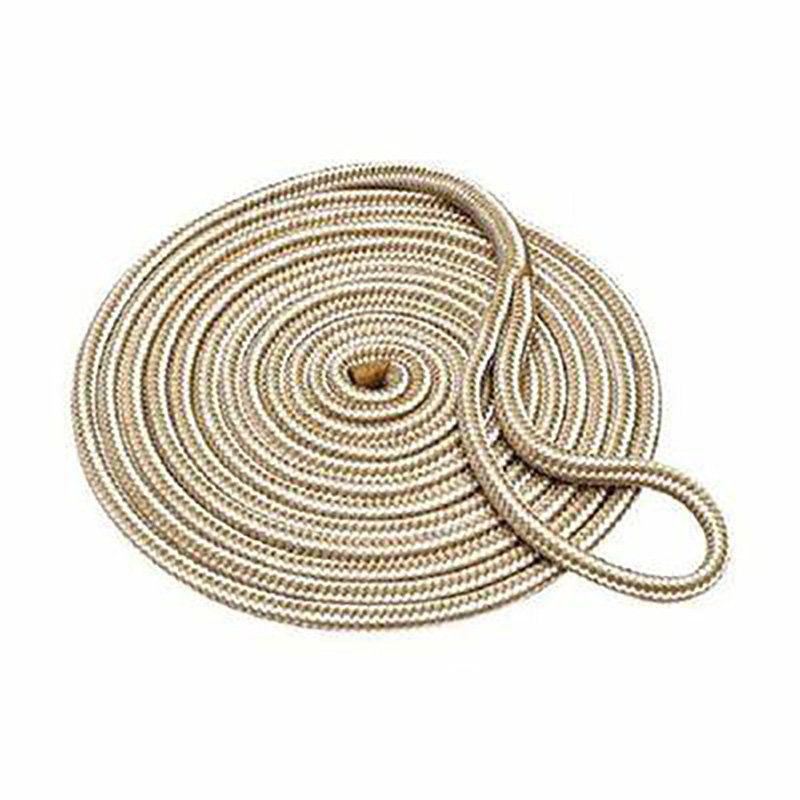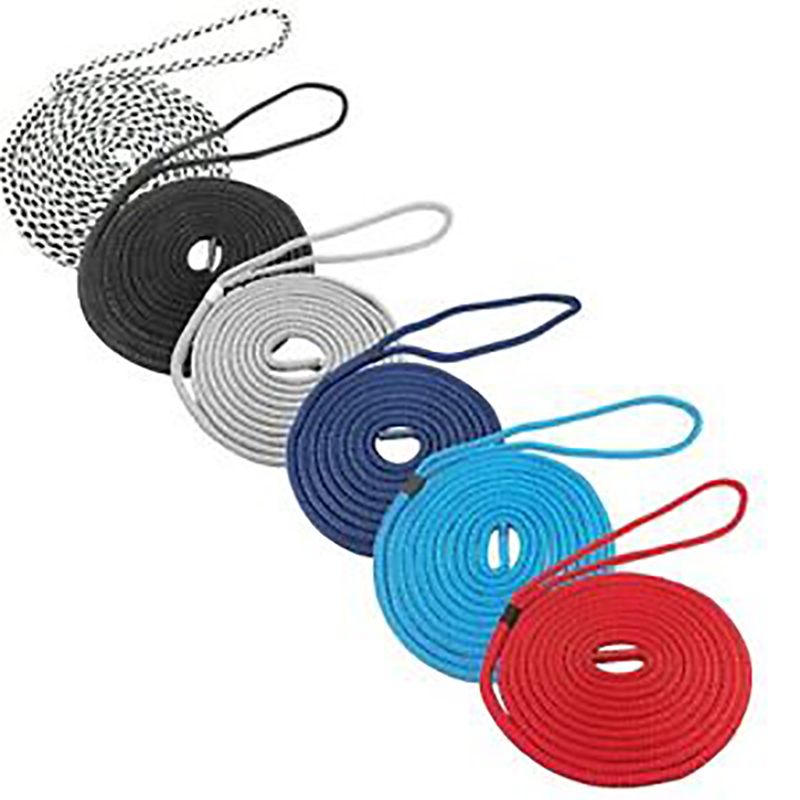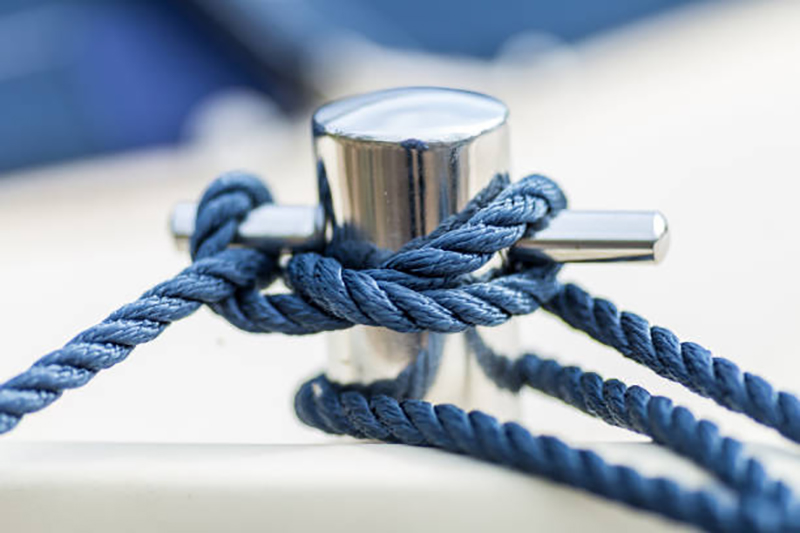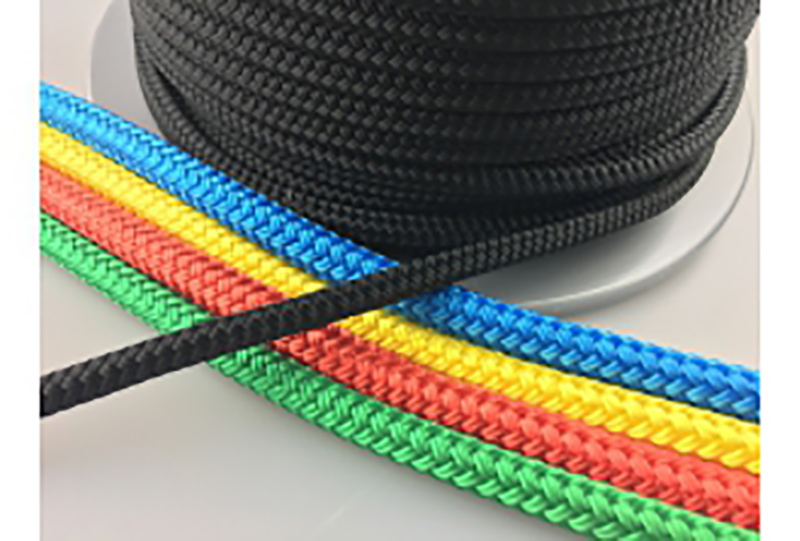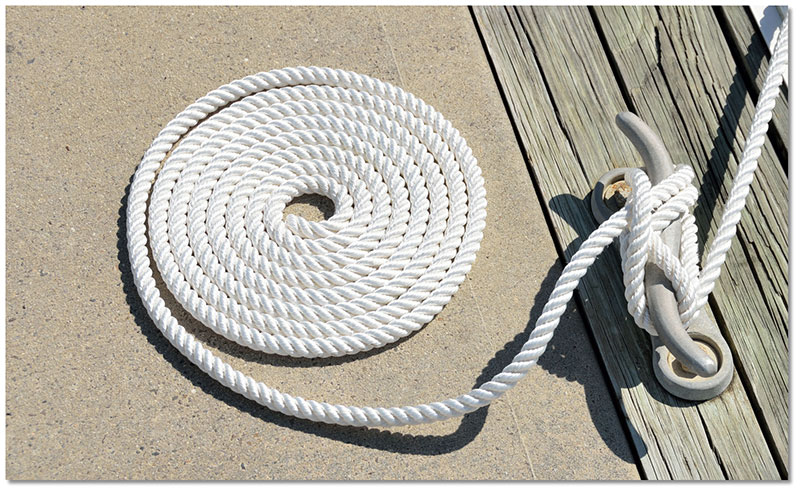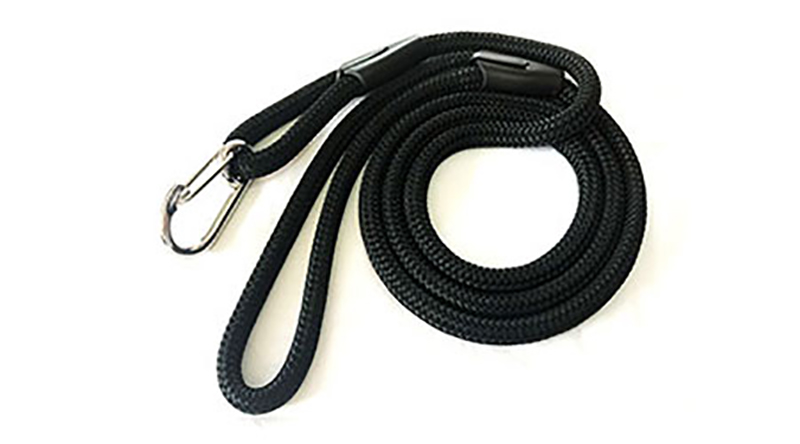Anchor Rope
Heat sealed & whipped bitter end
Marine-grade nylon
Durable and lengthy wearing
Slightly more desirable with much less stretch than 3-strand nylon
Superb coping with and the greatest assortment of colorings on the market
Available through the spool or in packaged, manufacturing facility spliced dock and anchor lines
Applications: Dock lines, anchor strains and mooring strains
Give your boat a sharp, well-kept appear with top class double braid traces that outperform all others.The aggregate of excessive grade marine nylon, extraordinary torque balanced building and a special stabilization manner produces a lengthy wearing, handy to-handle line that resists kinking. This is the strongest and easiest-to-handle line you can purchase that stays bendy in the course of its provider life. Double braid strains stretch barely much less however are more suitable than 3-strand lines. Professionally spliced with a 12" eye in one end.
Feature
High flexibility and easy handling.
Splices easily
Wear resistant, long service life
How to Pick an Anchor Rope Size, Type, Length and More ?
What type of rope should I use? Nylon, Polyester, or ...?
For most boaters, the excellent kind of rope to use when anchoring is nylon. Nylon has many blessings for anchoring including:· It's elastic consequently presenting correct shock absorption
· Light and flexible
· Good strength
· The most frequent anchor rope determined in marine stores
· It sinks
Nylon anchor rope is light, flexible, strong, and presents elasticity, which mitigates top masses on your anchor and boat. Unfortunately, the very reality that nylon stretches ability that it creates warmth and will sooner or later damage down and want to be replaced. However, you desire a robust rope that will soak up the shock from waves and sink, no longer float. Nylon matches the invoice of all of these things.
What's the difference between braided and twisted rope?
In our experience, for most leisure boaters, the distinction between the use of twisted anchor rope or braided anchor rope comes down to choice and taste. Both make super preferences for an anchor rope however there are some refined variations between these two patterns of rope.Advantage
· Less stiff and more flexible
· Frequently stronger than twisted rope
· Easier on the hands
Disadvantage
· Difficult to splice
· Less stretch than twisted rope
Twisted Rope-
Advantage
· Fairly easy to splice
· Generally less expensive
· Has more stretch than braided
Disadvantage
· Has a tendency to kink or hockle
· More stiff and less flexible
How much anchor rope do I need and what size?
One of the questions we get requested most frequently is, "How plenty anchor rope and/or chain do I need?" When choosing how a whole lot rope and chain you want there are a couple of policies of thumb to use.1. You have to have eight toes of rope for each 1 foot of water you will be anchoring in
2. Your rope need to have 1/8" of rope diameter for each 9' of boat.
So this capacity a 28' boat would choose at least a 3/8" or 1/2" diameter rope. Rope is one of these things, like anchors, the place better typically is better.
As for a rope choice, Nylon is the clear favored due to the reality it is elastic and tremendously strong.

Application
Related Products
Submitted successfully
We will contact you as soon as possible

